Author: Cade Jobe
Monitoring and adjusting mash pH is a long-standing practice among brewers who have a wide range of ingredients and techniques available to help them achieve ideal levels. A mash pH of 5.2 to 5.6 is said to provide the best conditions for conversion of starches to fermentable sugars while also improving the flavor and stability of the finished beer. One of the most common modern methods for adjusting mash pH that’s too high involves adding an acid, with a popular option being phosphoric acid. However, some brewers prefer to use the more traditional approach of using acidulated malt, which in addition to staying within the confines of the Reinheitsgebot, is believed to contribute a refined malt character to beer.
Phosphoric acid comes in the form of a concentrated liquid that can easily be added to the brewing liquor prior to mashing in, and it’s said to be flavor neutral, so there’s little risk its use will affect beer character. Acidulated malt is produced through a unique fermentation process that results in pale malt with a coating of lactic acid on it. When used as a portion of the grist, acidulated malt not only reduces the pH of the mash, but also contributes some fermentable sugars.
While there’s some evidence a mash pH out of the recommended range may not have much of a perceptible impact on beer, I’ve continued to make adjustments in my brewing, typically using phosphoric acid, a decision I felt was somewhat supported by a prior xBmt comparing it to acidulated malt in a pale lager. Curious to see how my acid of choice would compare to acidulated malt in a more characterful style, I decided to test it out again.
| PURPOSE |
To evaluate the differences between an American Pale Ale where the mash pH was adjusted with acidulated malt and one where the mash pH was adjusted with phosphoric acid.
| METHODS |
I designed a fairly simple American pale ale recipe for this xBmt that was based on past batches I thought turned out well.
Trippin’ Into Town
Recipe Details
| Batch Size | Boil Time | IBU | SRM | Est. OG | Est. FG | ABV |
|---|---|---|---|---|---|---|
| 5.5 gal | 60 min | 48.7 IBUs | 6.5 SRM | 1.051 | 1.012 | 5.1 % |
| Actuals | 1.051 | 1.014 | 4.9 % | |||
Fermentables
| Name | Amount | % |
|---|---|---|
| Pale Malt (2 Row) US | 9.5 lbs | 89.41 |
| Acid Malt (or additional Pale Malt) | 10 oz | 5.88 |
| Caramel/Crystal Malt - 60L | 8 oz | 4.71 |
Hops
| Name | Amount | Time | Use | Form | Alpha % |
|---|---|---|---|---|---|
| Hallertau Magnum | 21 g | 60 min | Boil | Pellet | 14 |
| Centennial | 14 g | 30 min | Boil | Pellet | 10 |
| Cascade | 28 g | 1 min | Boil | Pellet | 5.5 |
| Cascade | 57 g | 3 days | Dry Hop | Pellet | 5.5 |
Yeast
| Name | Lab | Attenuation | Temperature |
|---|---|---|---|
| Independence (A15) | Imperial Yeast | 74% | 60°F - 72°F |
Notes
| Water Profile: Ca 25 | Mg 7 | Na 20 | SO4 46 | Cl 25 |
Download
| Download this recipe's BeerXML file |
I started my brew day by collecting the full volume of water for each batch, adjusting both to my desired mineral profile, then setting the electric controllers to heat them up.
Next, I determined the amount of phosphoric acid required to achieve my target mash pH of 5.4 and added it to one of the kettles of water.
I then weighed out and milled the grain for each batch, replacing a portion of the pale malt in one batch with acidulated malt.
With the water properly heated, I added the grains, turned the pumps on to recirculate, and set the controllers to maintain my intended mash temperature of 152°F/67°C.
About 15 minutes into each mash, I took samples of sweet wort from both for mash pH measurement and found them to be nearly the same.
While the mashes were resting, I weighed out the kettle hop additions.
Following each 60 minute mash rest, I raised the grain baskets out of the kettles and let them drain. The worts were then boiled for 60 minutes with hops added at the times listed in the recipe.
When the boils were complete, I quickly chilled the wort then took hydrometer measurements showing both were at the same OG.
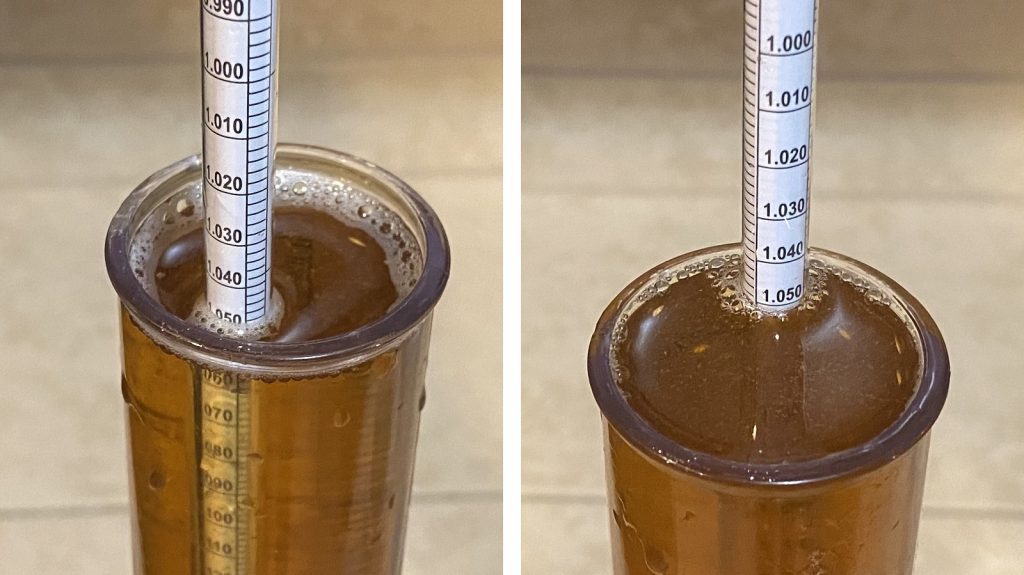
After transferring the worts to sanitized Brew Buckets, they were placed next to each other in my fermentation chamber and I pitched a single pouch of Imperial Yeast A15 Independence into each.
The beers were left to ferment at 66°F/19°C for 4 days before I returned to add the dry hops.
After another 6 days, signs of activity had dwindled, so I took hydrometer measurements indicating both beers had achieved the same FG.
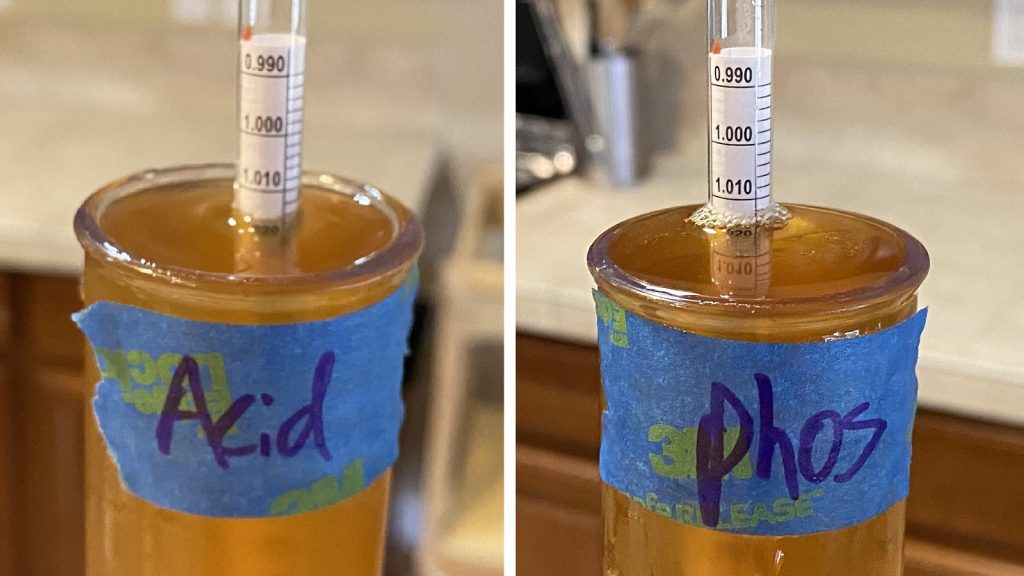
At this point, the beers were pressure transferred to CO2 purged kegs.
The filled kegs were placed on gas in my keezer and allowed to condition for a couple of weeks before they were ready for evaluation.

| RESULTS |
Due to social distancing practices as a result of the COVID-19 pandemic, data for this xBmt was unable to be collected in our typical manner. As such, temporary adaptations were made involving the author completing multiple semi-blind triangle tests in as unbiased a way as possible.
Utilizing 4 opaque cups of the same color where 2 were inconspicuously marked, one set was filled with the beer made with acidulated malt while the other set was filled with the beer made with phosphoric acid. For each triangle test, 3 of the 4 cups were indiscriminately selected, thus randomizing which beer was the unique sample for each trial. Following each attempt, I noted whether I was correct in identifying the unique sample. Out of the 10 semi-blind triangle tests I completed, I needed to identify the unique sample 7 times (p<0.05) in order to reach statistical significance, though I did so only 4 times (p=0.441), indicating my inability to reliably distinguish an American Pale Ale made with acidulated malt from one where the mash pH was adjusted with phosphoric acid.
Apart from a very slight difference in clarity, I could not tell these beers apart, they smelled and tasted identical to me. I love a good hoppy American Pale Ale and this beer did not disappoint– crisp, clean, and crushable, with nice pine and citrus notes from the hops.
| DISCUSSION |
The mash is one of the most important steps in brewing, as it’s during the mash that starches from the malted barley get converted into fermentable sugars. The role pH plays in this process is well researched, hence most brewers aim for a mash pH that falls between 5.2 and 5.6. For most pale beers, the mash pH tends to be a bit high, requiring some form of acidification, with two common options being acidulated malt or phosphoric acid. While there’s some evidence these ingredients impart unique characteristics to beer, my inability to reliably distinguish an American Pale Ale made with acidulated malt from one made with phosphoric acid suggests otherwise.
In thinking of these results in light of those from a past xBmt showing tasters were able to tell apart a Munich Helles’ made with either acidification ingredient, it’s possible any differences in this xBmt were covered up by the higher hopping rate, as Helles offers much less to hide behind. From a more objective perspective, the beers did achieve the same mash pH, OG, and FG, suggesting the acidification methods can be used interchangeably without much risk, at least in hoppier styles.
Despite perceiving no difference between these beers, it makes sense to me that acidulated malt, which has lactic acid on it, could impart different flavors to beer than phosphoric acid, though I’m compelled to believe it’s not that vast. If acidulated is all that’s available to me, I’d use it without question, though I’ll stick to adjusting my mash pH with phosphoric because it’s worked thus and I have quite a bit on-hand.
If you have any thoughts about this xBmt, please do not hesitate to share in the comments section below!
Support Brülosophy In Style!
All designs are available in various colors and sizes on Amazon!
Follow Brülosophy on:
FACEBOOK | TWITTER | INSTAGRAM
If you enjoy this stuff and feel compelled to support Brulosophy.com, please check out the Support page for details on how you can very easily do so. Thanks!


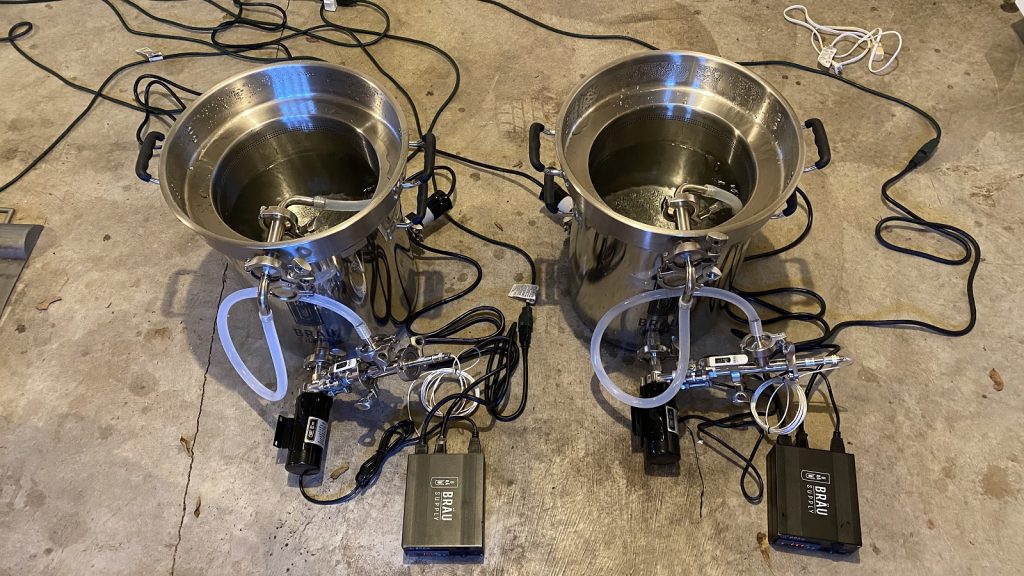
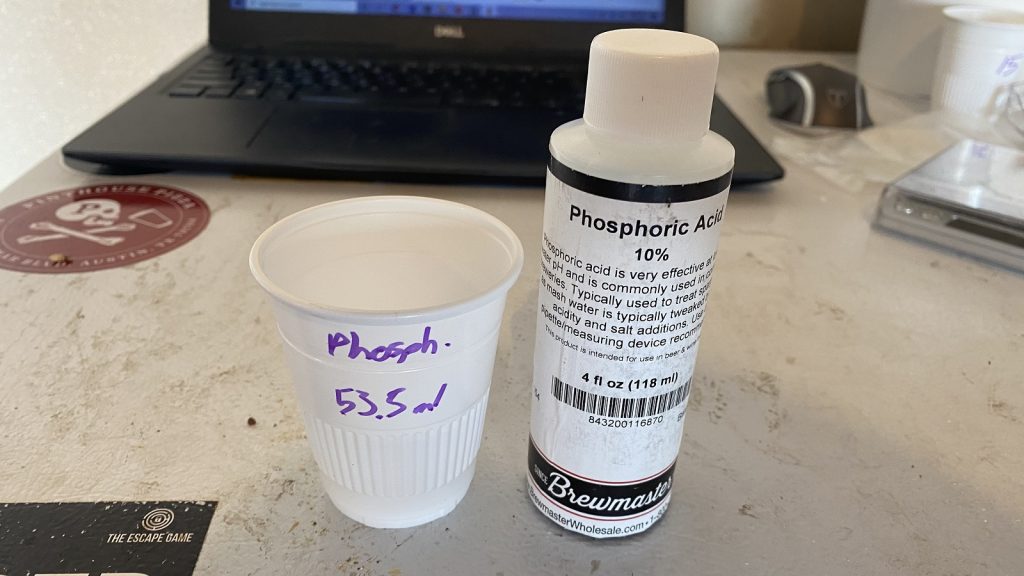
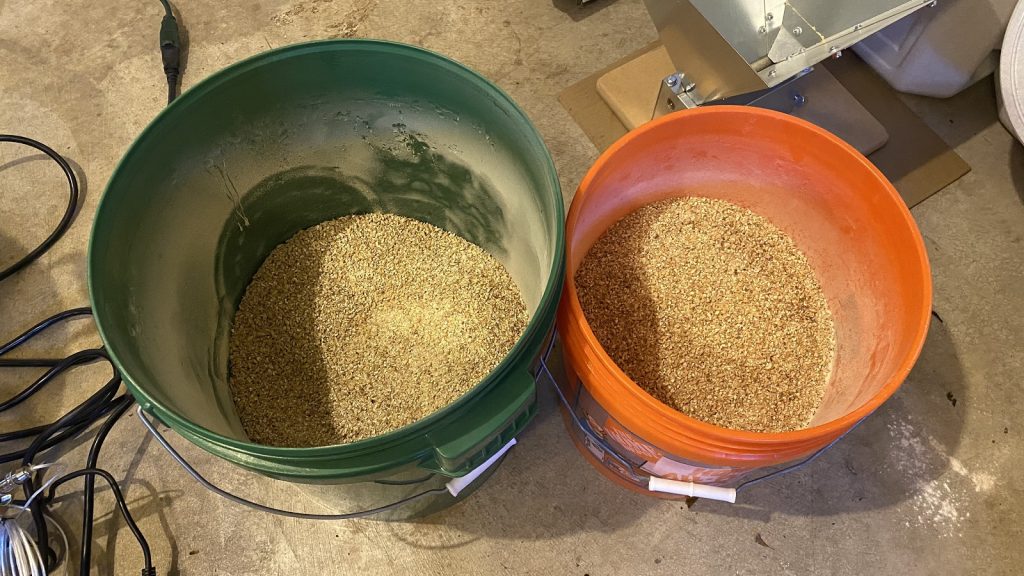
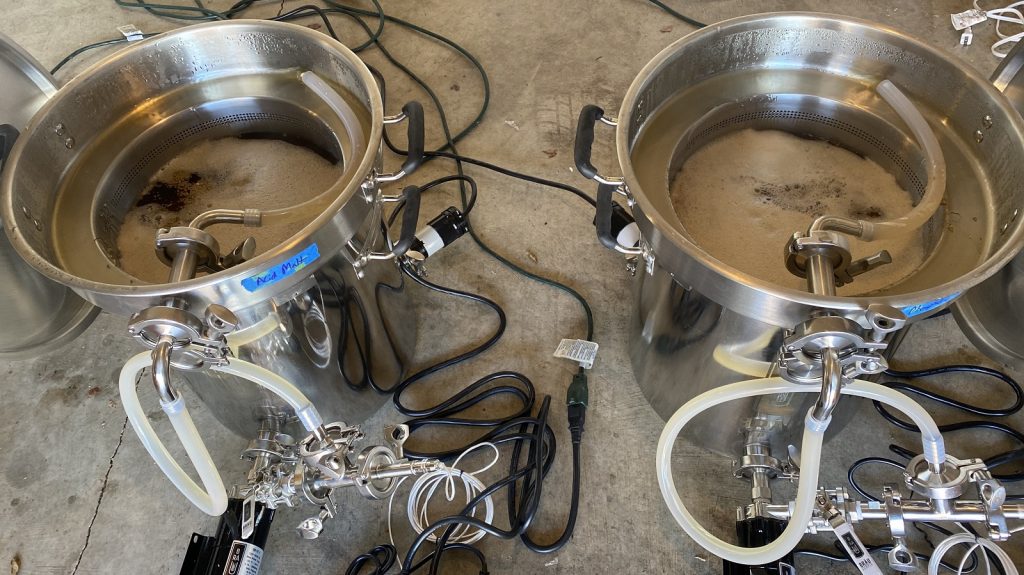
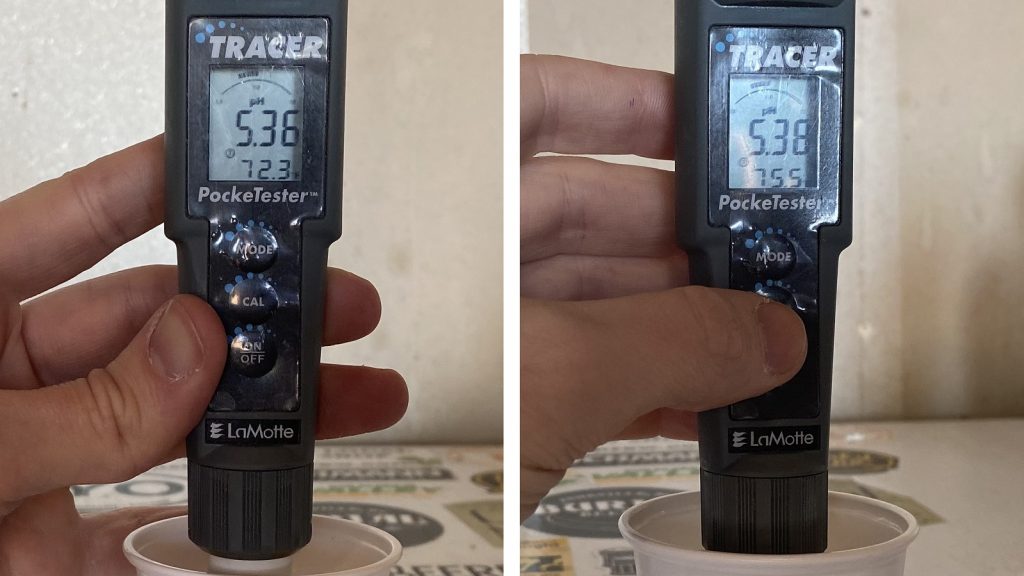
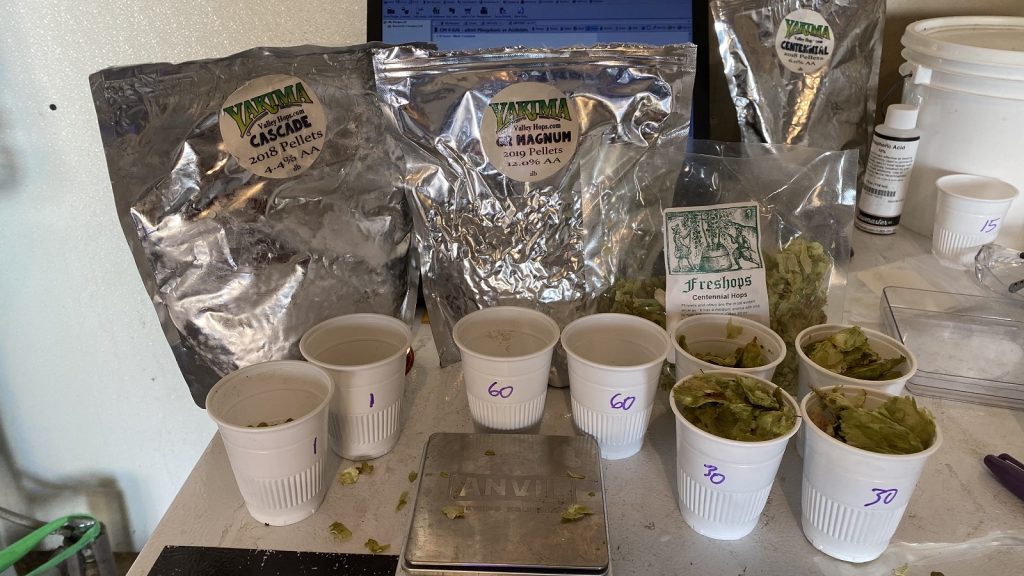
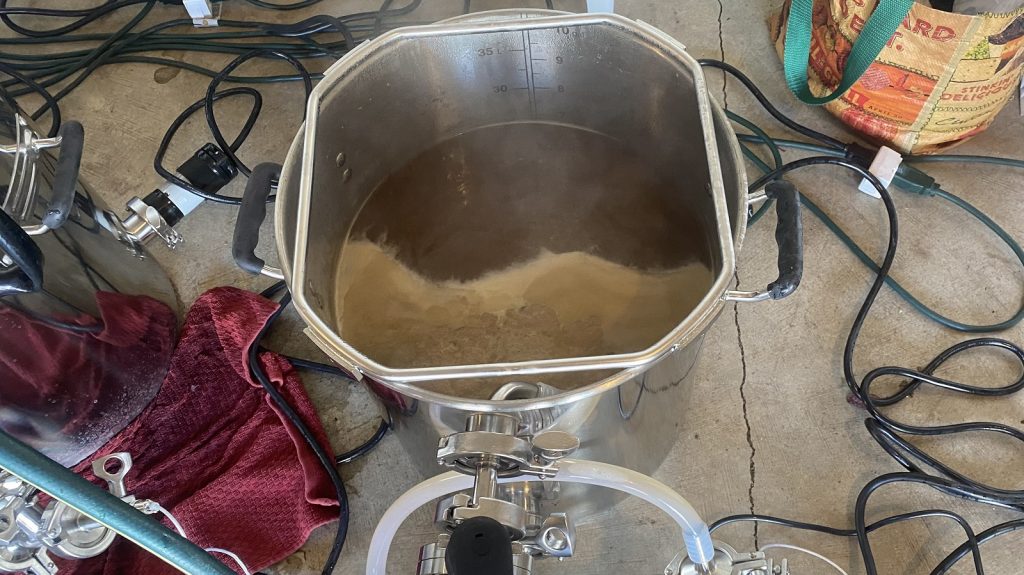
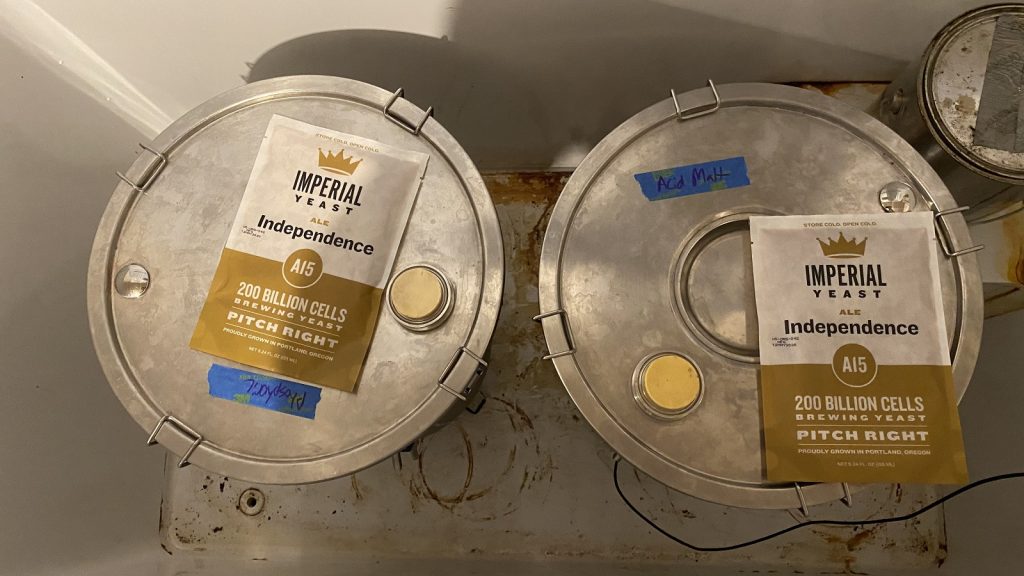
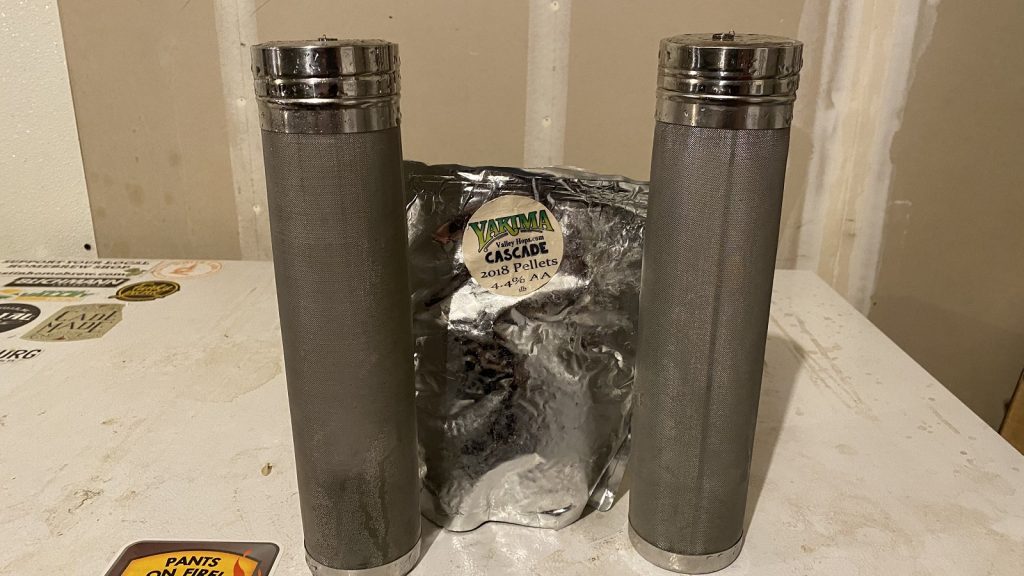
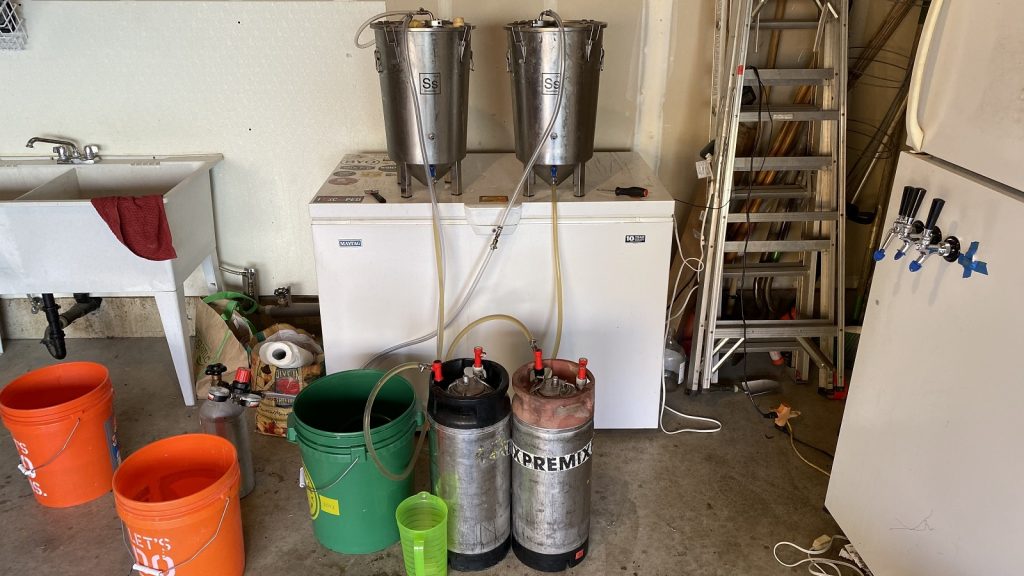











12 thoughts on “exBEERiment | Water Chemistry: Acidulated Malt vs. Phosphoric Acid In American Pale Ale”
Which was slightly clearer?
The one with acidulated malt was slightly clearer.
What is your Brewbucket lid setup? One pic looks like aftermarket hole with stopper and kegging photo looks like a tri-clamp?
It’s an aftermarket hole with a tri-clamp fitting. Here’s the guide from Ssbrewtech: https://ssbrewtech.zendesk.com/hc/en-us/articles/210211086-Can-I-perform-a-pressurized-transfer-with-the-Brew-Bucket-s-flat-lid-
It looks like you used soft water and with the 1% = .1 Ph drop rule of thumb for acidulated malt, it is surprising how much acidulated malt you used. I would have expected your PH to come in closer to 5.2, or even lower.
Does your water have a lot of bicarbonates (residual alkalinity)?
Just curious as I rely on calculators and rules of thumb to guide me on acidulated malt % and this will help me adjust my approach.
Thanks.
It’s not terribly high in bicarbonates (~60ppm), but the untreated pH is 8.29. It takes a decent amount of acid to bring that down to mash levels.
Are those pH readings at room temperature? I cant make out the temperature in the probe.
Yes. 72.3F and 75.5F.
Not the topic but that looks like a really nice pale ale recipe. I may give it a try. Thanks.
How did you determine the amount of phosphoric acid to achieve your target pH? Bru’n water, or some other calculator?
Thanks
I use a combination of BeerSmith and Bru’n Water. I like BeerSmith’s mineral additions functionality and Bru’n Water’s acid adjustments capability.
I think Brulosophy needs to abandon the notion of significance. P<0.05 just means there is a less than 5% chance (1 in 20) the results are due to chance given certain assumptions about the experiment (and even that is an oversimplification). 1 in 20 is really not that rare or unlikely – I wouldn't play Russian Roulette with those odds. On the other hand, if your result is p=0.063, there is no clear bright line between that result and one just under 0.05. In the latter case, rather than writing "indicating an inability to reliably distinguish a beer made with X from one made with Y," it would be more informative to write, "indicating a 93.7% probability the results were due to a real difference and a 6.3% probability they were due to chance," though even the latter statement is lacking nuance. See here and elsewhere: https://www.tandfonline.com/doi/full/10.1080/00031305.2019.1583913
https://www.tandfonline.com/toc/utas20/73/sup1